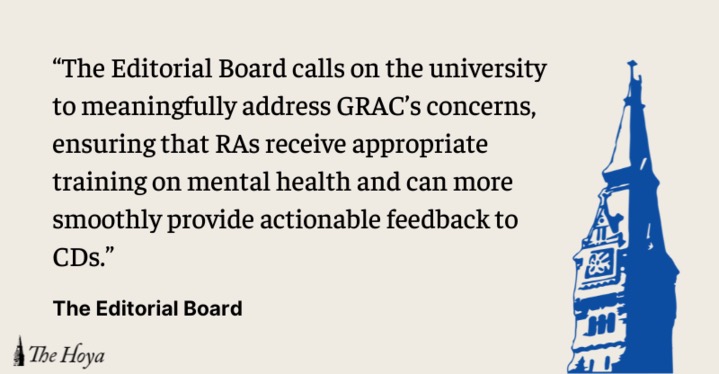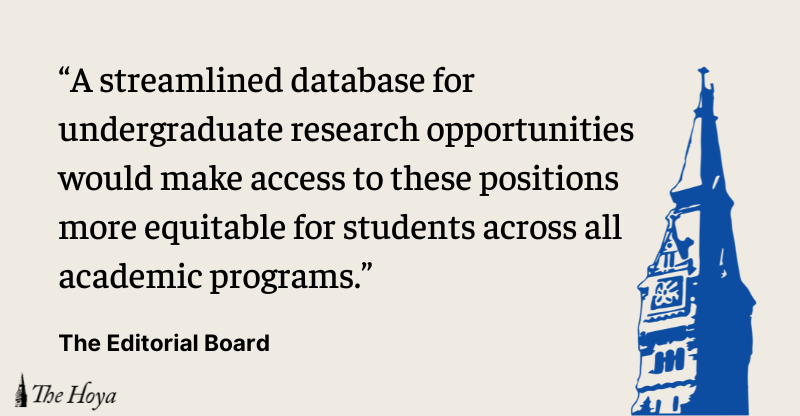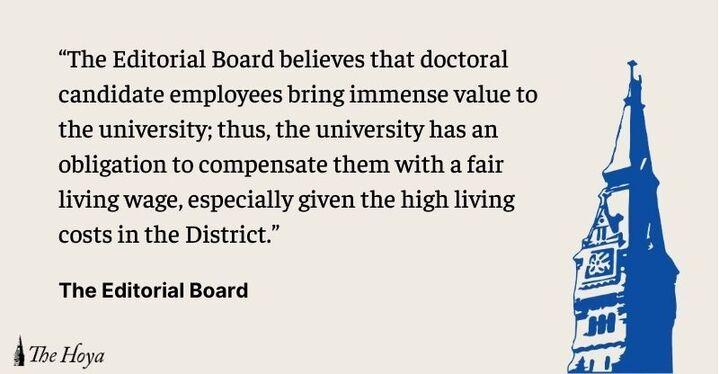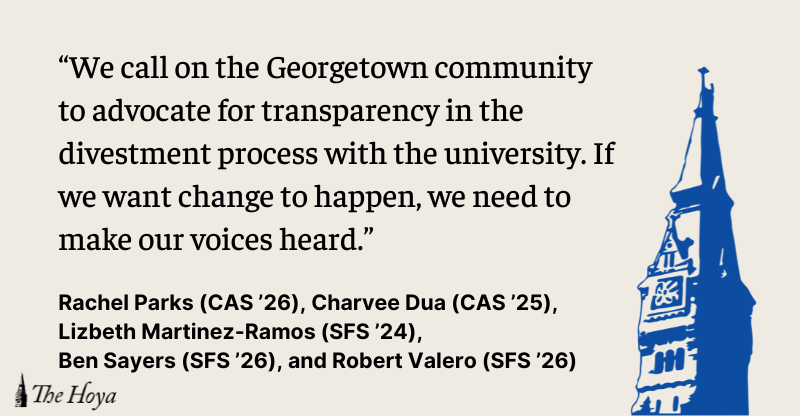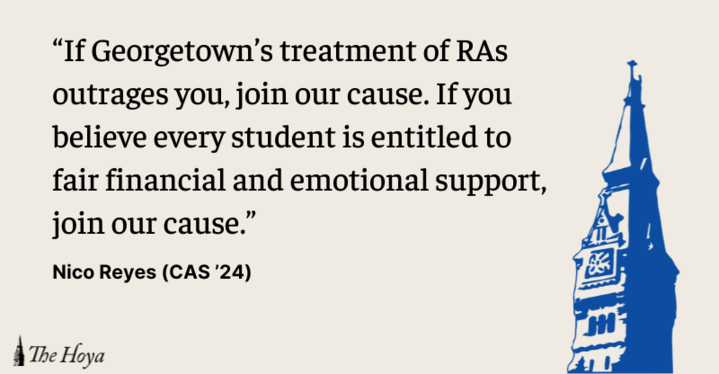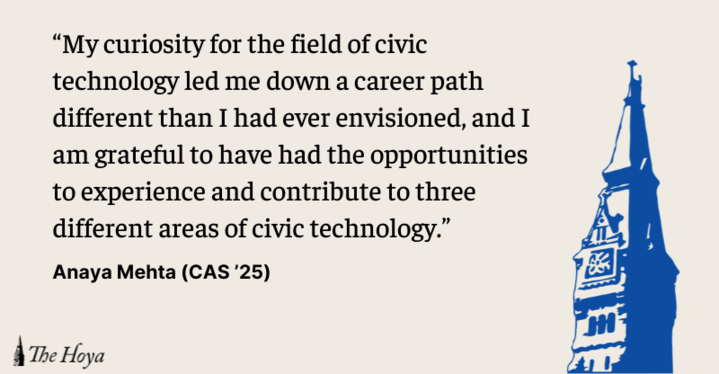Although last Thursday’s announcement of a 3.5 percent tuition hike for the 2017-18 academic year will undoubtedly introduce renewed grumbling from students and families who foot the bill, this communication follows developments that actually warrant celebration.
The $1,752 increase actually falls just below the 4 percent increase projected by Gergetown’s financial plan for fiscal years 2017-20. More importantly, however, the tuition hike arrives after University Provost Robert Groves’ office heeded calls for transparency in the decision-making process, providing opportunities for students to participate in the discussion of their tuition.
Last August, Georgetown University Student Association President Enushe Khan (MSB ’17) and Vice President Chris Fisk (COL ’17) penned a viewpoint in The Hoya calling for increased transparency after the university’s board of directors approved a 4 percent tuition increase in February without the prior consultation of students. Specifically, Khan and Fisk demanded a “town hall explaining the actual nuances behind tuition and the need for annual raises that can help alleviate the current tension among the student body.”
The administration acquiesced last November and hosted a Hoya Roundtable on tuition transparency led by Groves and University Chief Operating Officer Christopher Augostini, who broke down past and projected university expenses, revenue and net operating costs. However, there remains room for improvement, especially as the university did not publicly release the data presented at the roundtable, as was explicitly promised by Groves and Augostini during the event. Under the current policy, students must schedule an appointment to view the slides in person in the Office of the Provost due to concerns about revealing detailed budget information to Georgetown’s peer institutions.
Without releasing this information to families, however, there exists little possibility for members of the Georgetown community to evaluate and reflect on how the university allocates tuition dollars. For instance, with access to the data, perhaps university stakeholders could better understand why the school lost more than $50 million from depreciation — such as the deterioration of buildings — but spent only about $10 million in repairs, according to 2015-16 financial statements.
Moreover, clarifying the constitution, role and influence of the Student Advisory Committee for the Provost, which the administration touts as central to student participation in the tuition-setting process, is paramount. Currently, little information from the monthly meetings is publicly available, and there appears to be scant opportunities for students outside the committee to inject their views into the conversation.
Student inclusion in these discussions is essential as the national issue of college affordability has profound repercussions on the economic diversity on Georgetown’s campus. The New York Times reported Jan. 18 that one in five Georgetown students comes from a family at the top 1 percent of the country’s wealth bracket earning $630,000 annually, placing it sixth in terms of 2013 median parent income and seventh out of 65 elite American universities in terms of student body from the top 1 percent of income. Without student involvement in the process, the trend of mounting tuition rates at Georgetown will continue unabated and this disparity will only exacerbate the problem of a university community that fails to represent the society at large.
Overall, the administration should be applauded for its strides toward greater transparency regarding the tuition rate and urge the university to continue hosting tuition roundtables to ask questions and voice concerns directly to key administrators. GUSA should also be commended for its diligence in pushing the administration for these changes and its success in advocating on behalf of the student community.
In a time characterized by soaring education costs, this Editorial Board asks the university to provide greater access to information by publicly releasing projected university expenses. If the university anticipates students will pay $51,720 annually in tuition, then the same expectation should be made for Georgetown to include students into conversations about where the money is allocated.




